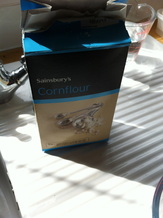 I wanted the dress to be stiff and starchy as the muslin was too soft and shapeless. I tried spray starch which was patchy and burned on the bottom of my iron. I found a recipe for the kind of starch that my nan used on my aunt's nurse's apron and hats in the 60's. Starch was used to not only stiffen the fabric but also to make it last longer as the dirt stuck to the starch and not the garment. I used 2 tablespoons regular cornflour mixed with a little cold water, added 4 pints of boiling water, stirred, then added 4 pints of cold water. Once it was cooled I soaked the damp dress. Then it was hung out to dry. I was surprised just how well it had worked ..the fabric really was stiff as paper.. and completely stuck together. I was worried how well the handstitched seams of this delicate fabric would hold up being pulled apart but it was ok. Once dry it was slightly dampened again and ironed. It wasn't easy as it is so big and it was hard keep the ironed area smooth while moving on to the next bit. It was then folded in tissue and boxed up ready to hang.
1 Comment
The dress has been through a few transformations this week. The original pattern is short sleeved but I wanted to try it with long. Something to do with being held or hugged I think. Arms crossed in front or behind suggested withholding or maybe inability to hold. I intentionally made them too long and after tacking them on decided against it. It's probably the biggest ugliest thing I ever made and I not sure how I feel about it but sometimes you have to keep going and hope.
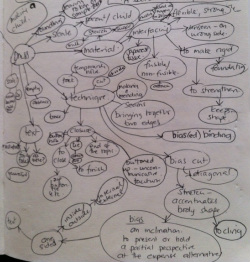 I don't always think in a very organised way... My sketchbooks are full of mind maps like this which, for me, is the best way I can begin to get stuff out of my head and onto paper. I can work the same one for months making connections as it grows. This was just the beginnings of an idea for a dress which I plan to show with the book. 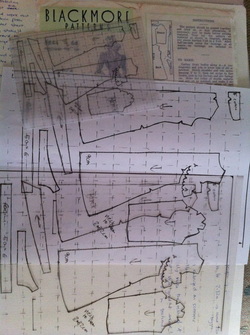 I wanted to use a vintage 1930's pattern.. I intended to enlarge it to double size using an ohp so i decided it was easier to use the pattern layout rather than the pattern -although there would be no guarantee it was to scale. I found one traced it onto an acetate sheet. 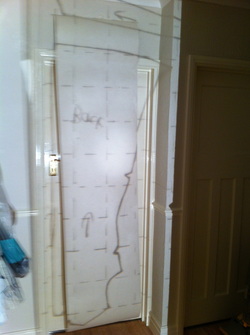 I used an OHP to project it onto paper making sure to double all the measurements. 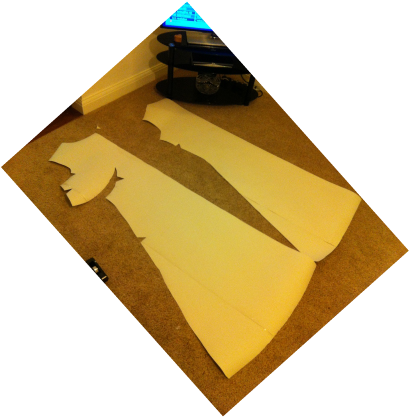 I cut out the paper pattern and adjusted all the curves to make sure they would fit together. I decided it might look too much like a wedding dress so searched for an alternative. 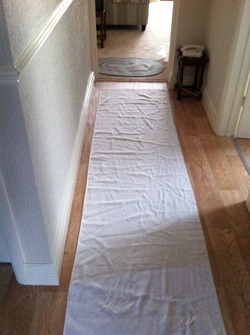 Eventually I found another pattern for a plain 1930's day dress. It was much simpler and the main part of the dress was in one piece. Cutting the fabric was tricky and so I had to use the hall floor. 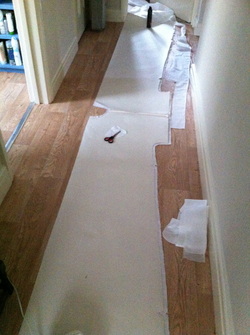 I chose muslin as it was lightweight and translucent but also because it is often mentioned in the Motherhood Book. It's pretty loosely woven so was wasn't the easiest thing to sew without it puckering. I love to sew by hand (even 8ft long seams)... but have not made clothes since I was at school. I couldn't use running stitch as it was not firm enough but back stitch pulled the threads into holes. So I sewed a combination of the two. ...sort of two stitches forward one back. Not too pretty but serviceable. 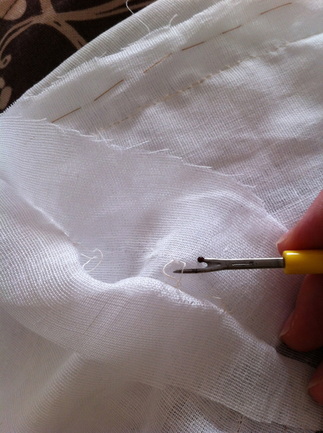 The inch wide seam allowance felt huge and couple of times I lost concentration.. 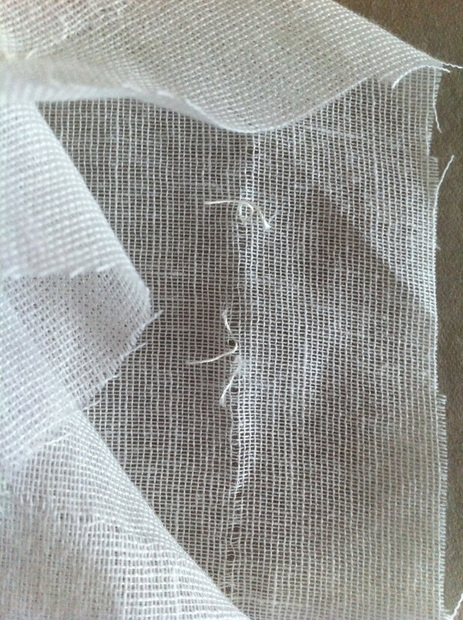 Much like paper the material has a memory. The needle and thread leaving little wounds. The buttonholes are clumsy and the thicker thread on the muslin not ideal but I want the scale to be right. 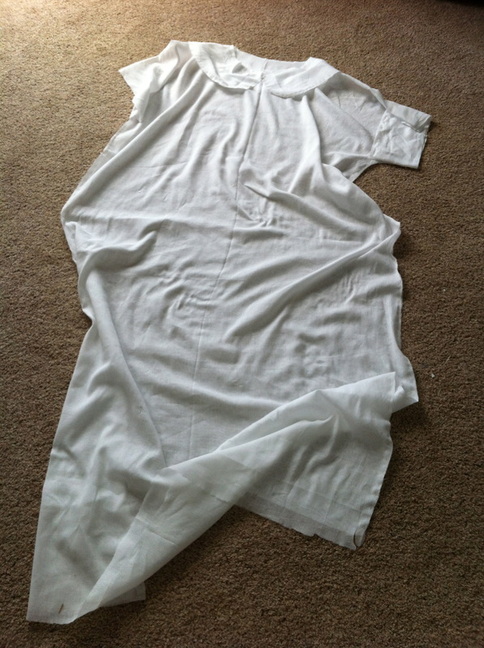 It's not finished yet but taking shape. 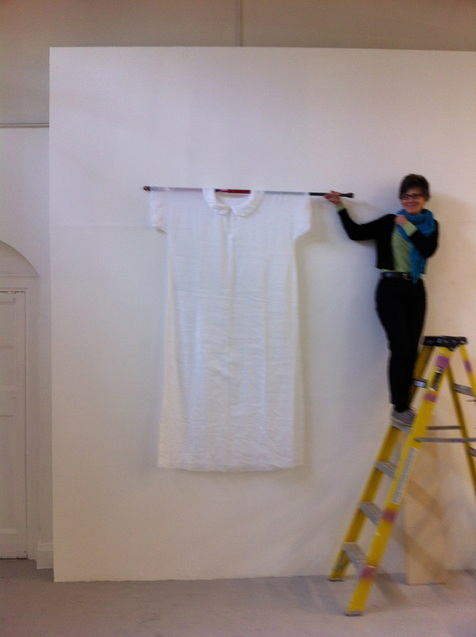 Still have lots to do but I couldn't resist trying it out on the wall which is 4m tall. When finished I hope it gives the viewer the impression of being the height of a child. 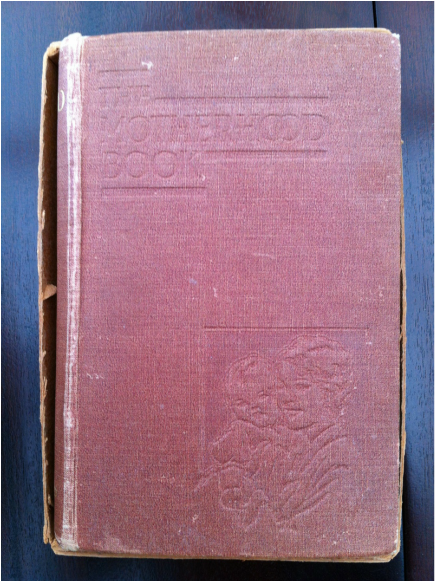 The Motherhood Book was published by Amalgamated Press in 1930. I have managed to collect four copies in various states of disrepair and have been working with them for six months or so.There is so many things I plan to do with them but I need to focus on just one for now. The book might have been used as a replacement for motherly advice at a time when it was becoming less common for extended families to live together. I began to search for and remove all references to the mother. I was thinking about the way a baby experiences the little absences of its mother's comings and goings without knowing when/if she will return. I also thought about a more permanent loss and the needs that go unmet. 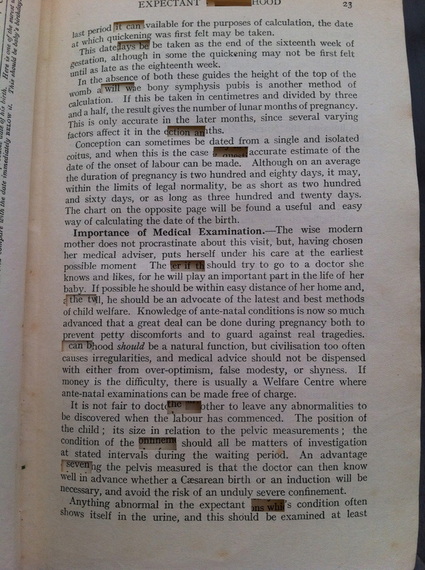 After a few false starts I decided to remove only the words 'mother' and 'mothers'- (I tried removing pronouns too but that got too confusing.) It was an awkward and slow process cutting the brittle paper. It quickly seemed to blunt the scalpel and the paper would suddenly rip rather than cut. Even finding the mothers was not as easy as it would seem as after a while I would find myself reading and getting involved in the content rather than looking at words. Even after several passes through the book I looked again and still there were more.. The content of the book is fascinating and I think a lot could be learned from it even today..but some of it is just plain funny...like what to do for babies whose ears stick out or how to get a son to take cold baths! If it is possible to love a book (and it is) then I love this one. 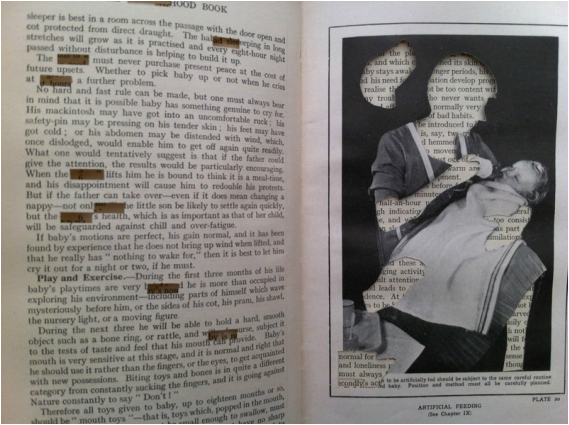 The next decision was what to do with the illustrations..? I decided they had to go too. They appear on both sides of the page and to cut the whole figure would leave a shapeless hole so I removed the body and not the clothing. ....I have to admit that although some of the images are kind of creepy I like them.
|
Karen AppsI'm following my bliss. Archives
July 2023
Categories
All
|
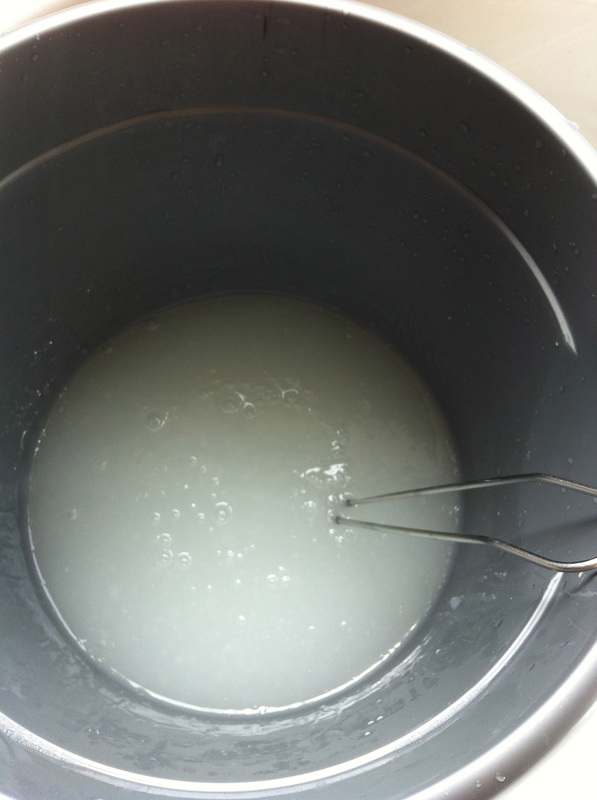
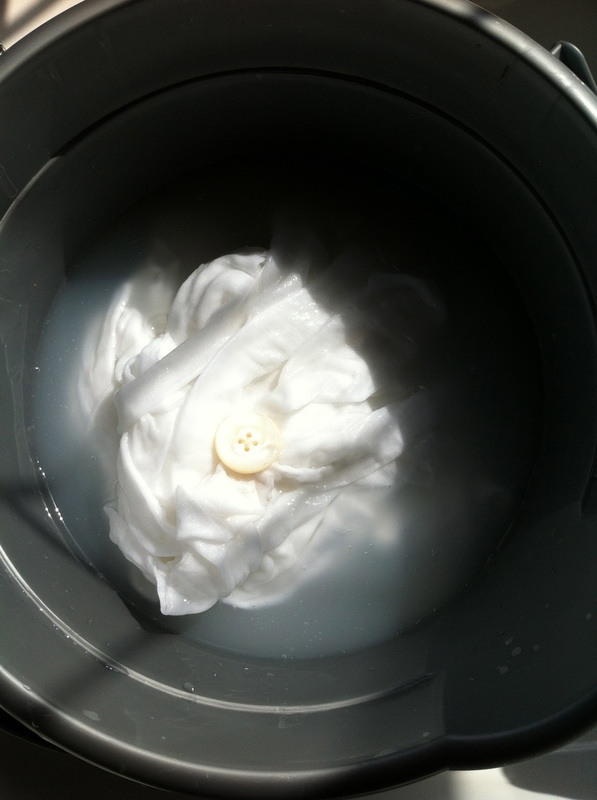
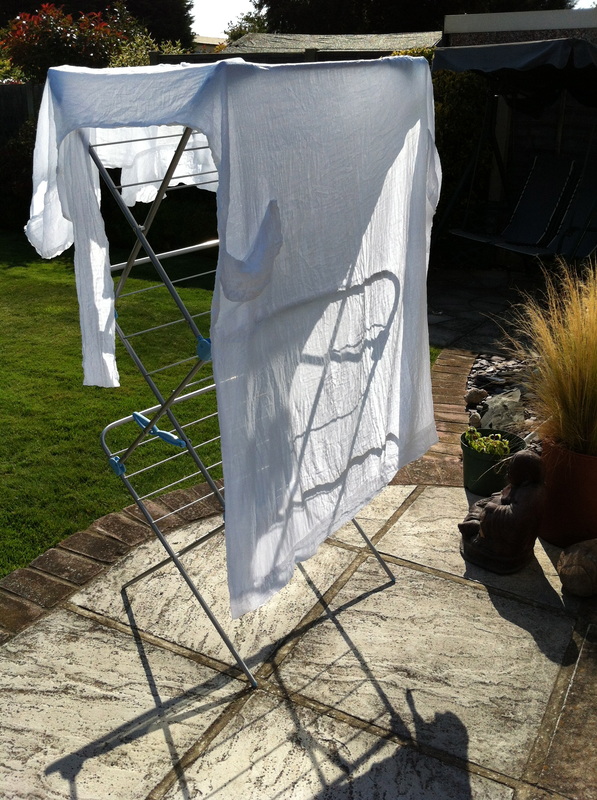
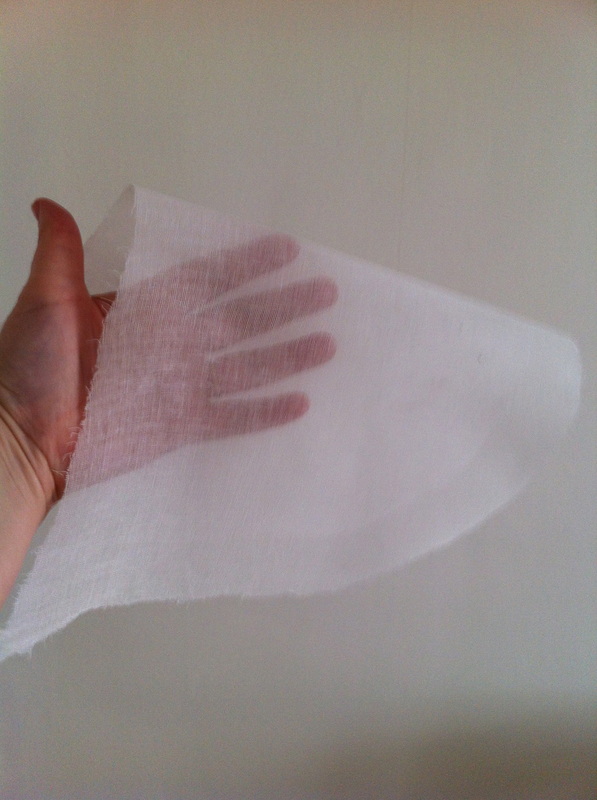
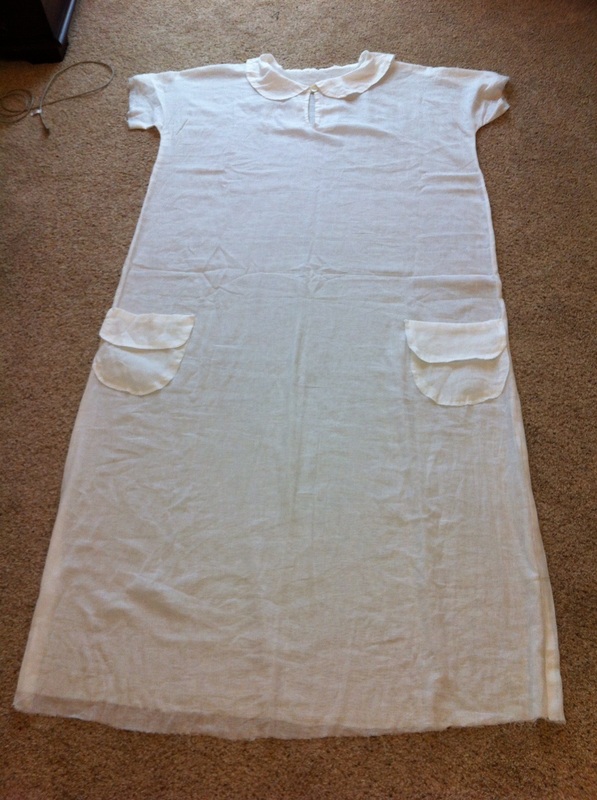
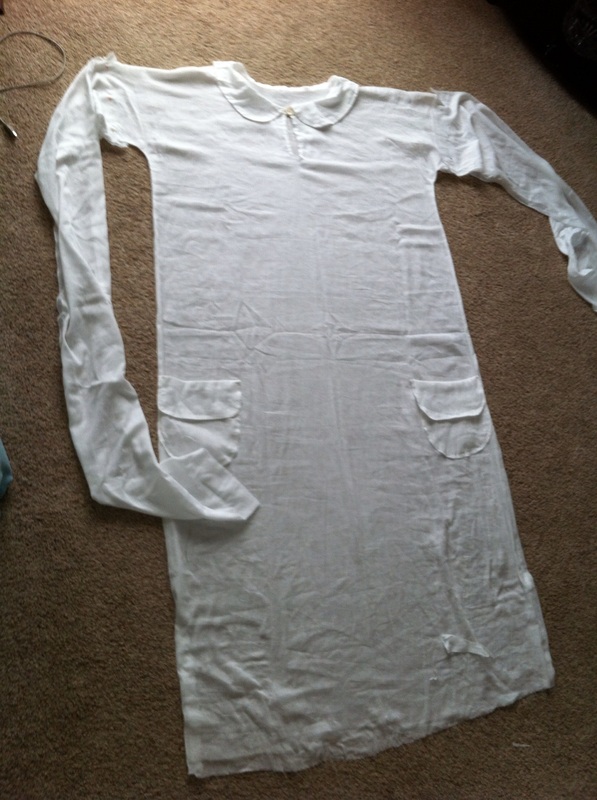
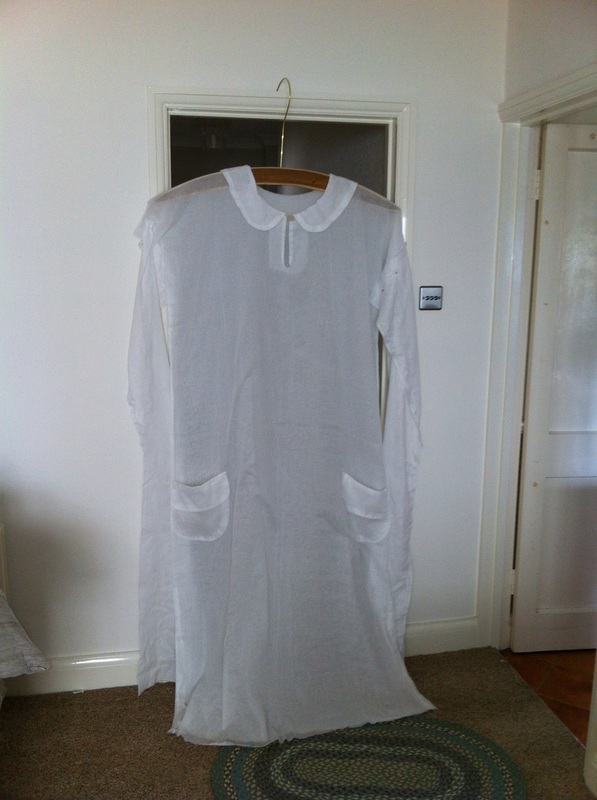
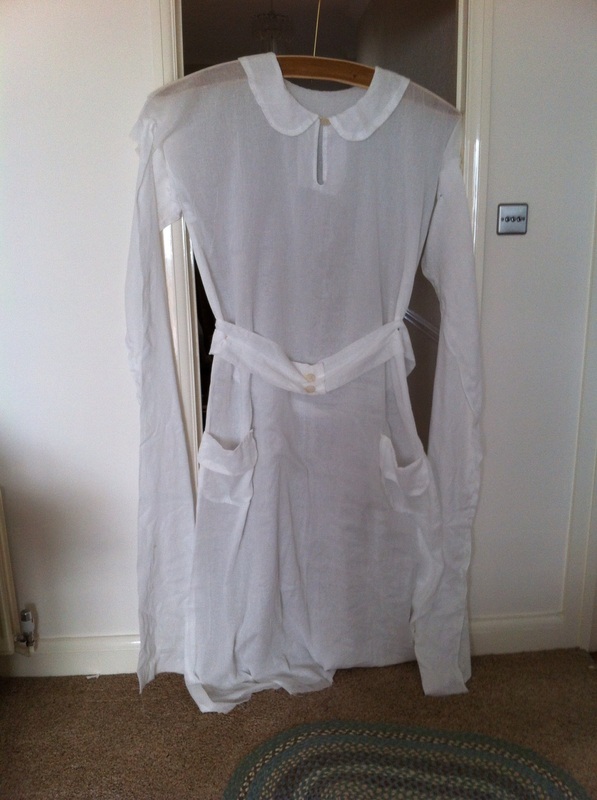
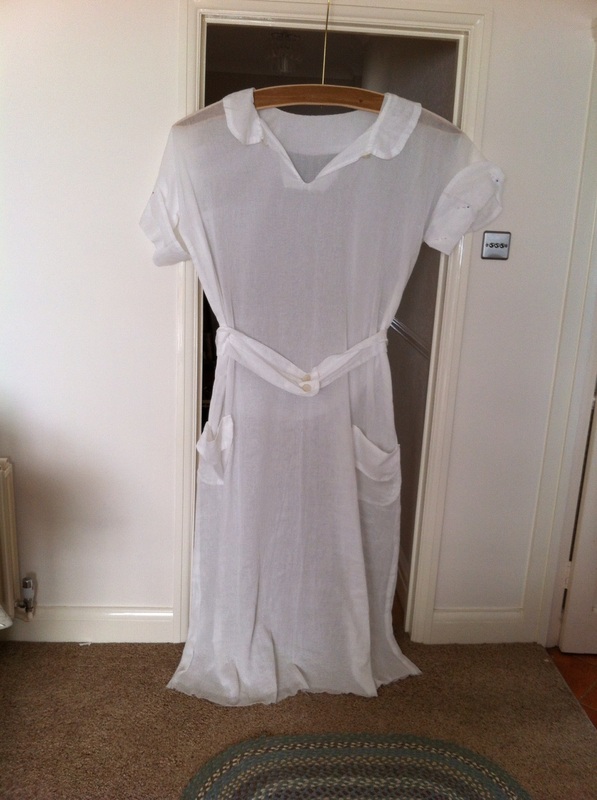
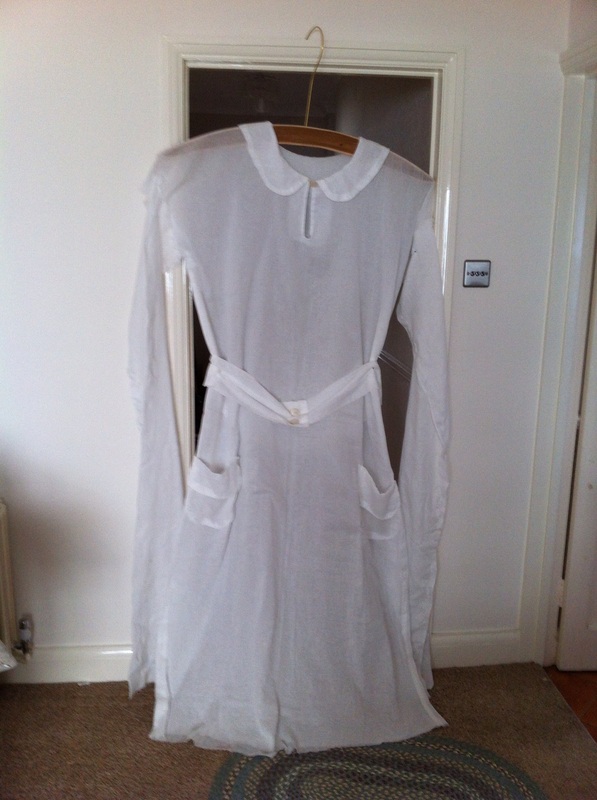
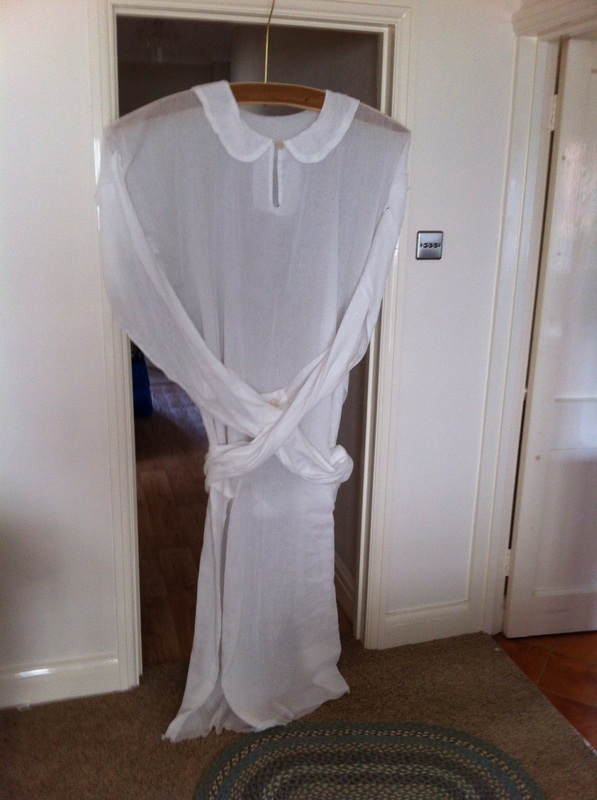
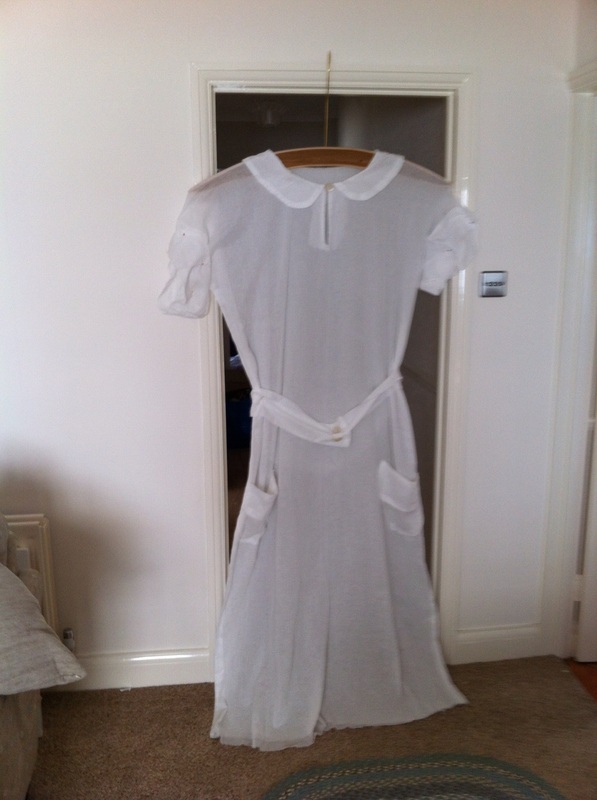
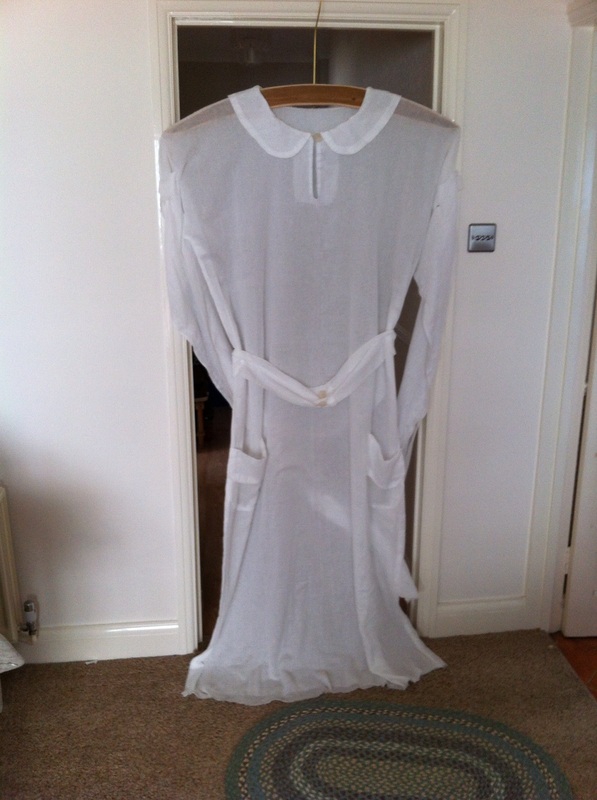
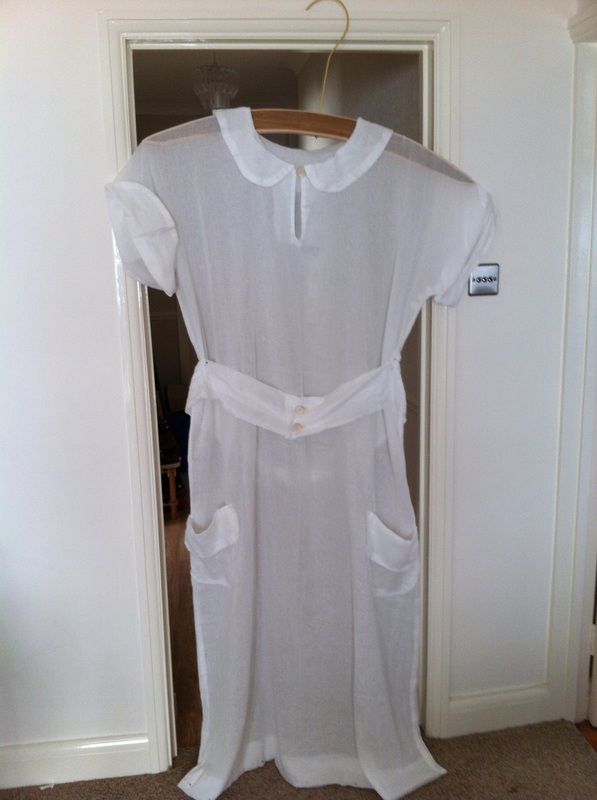
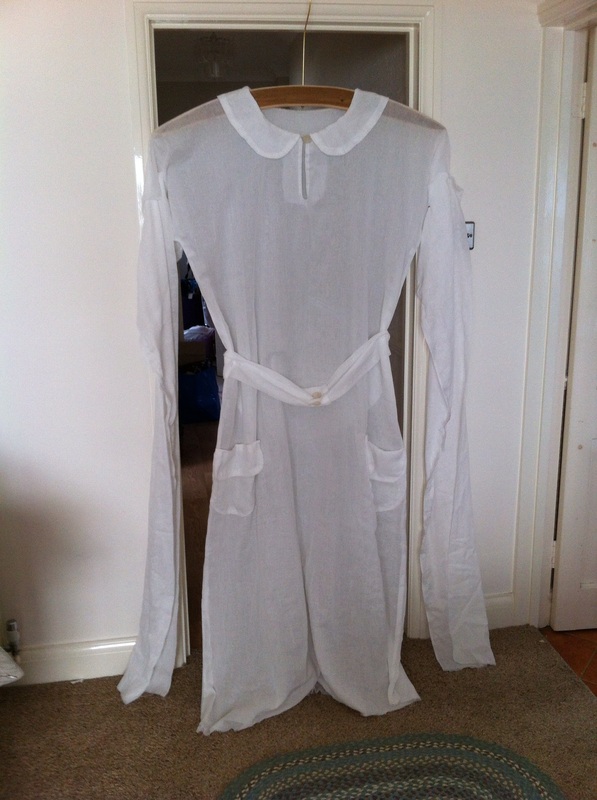
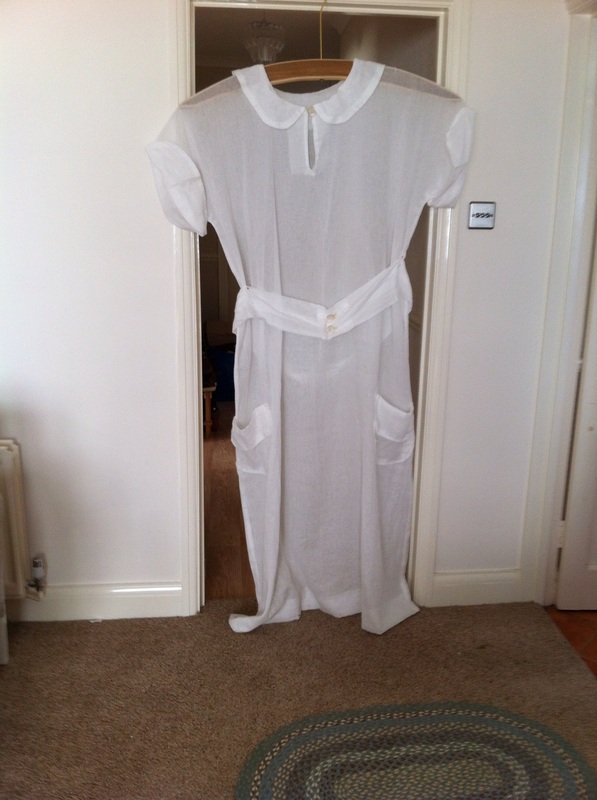
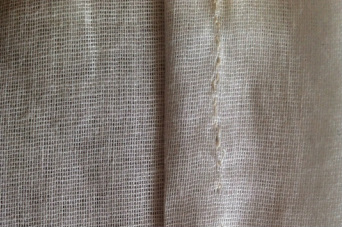
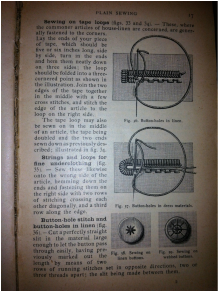
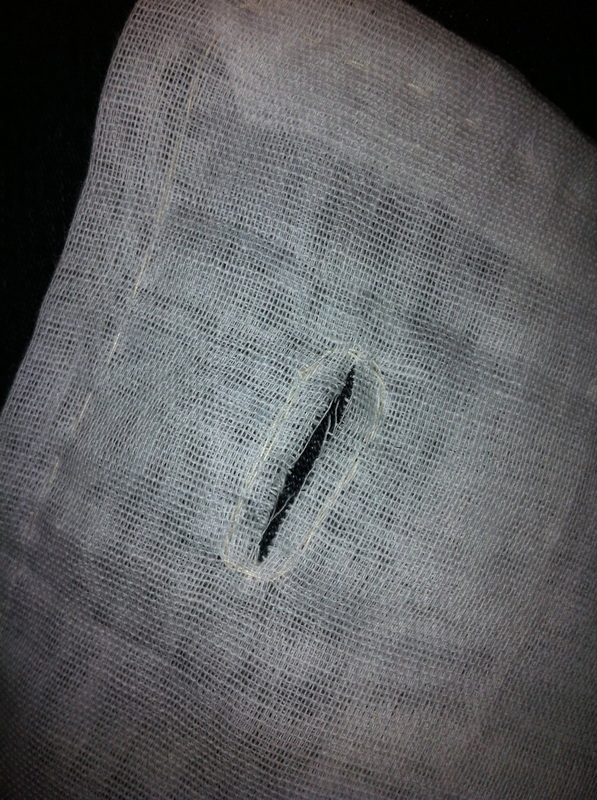
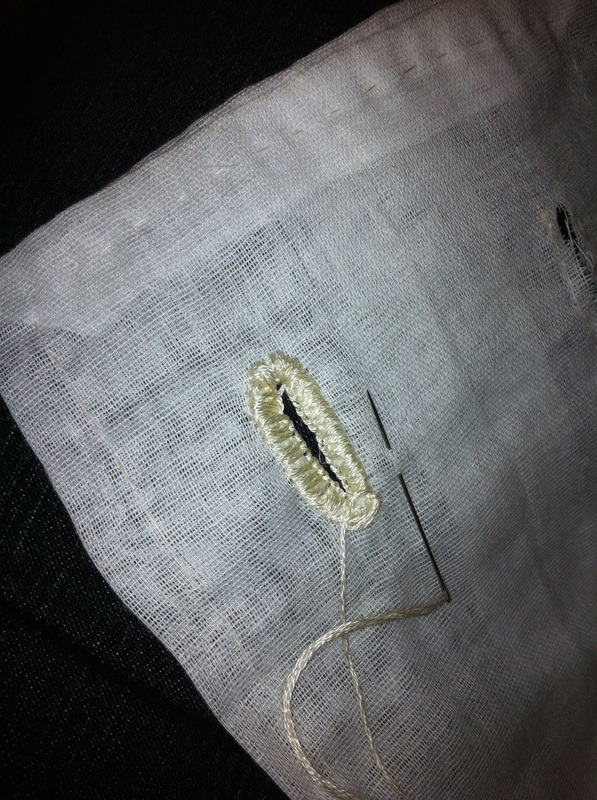
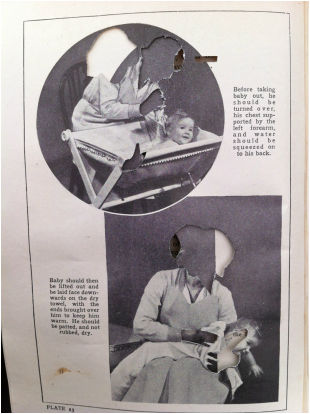
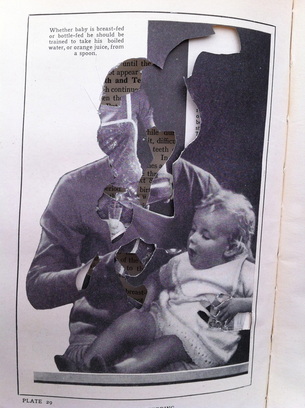
 RSS Feed
RSS Feed